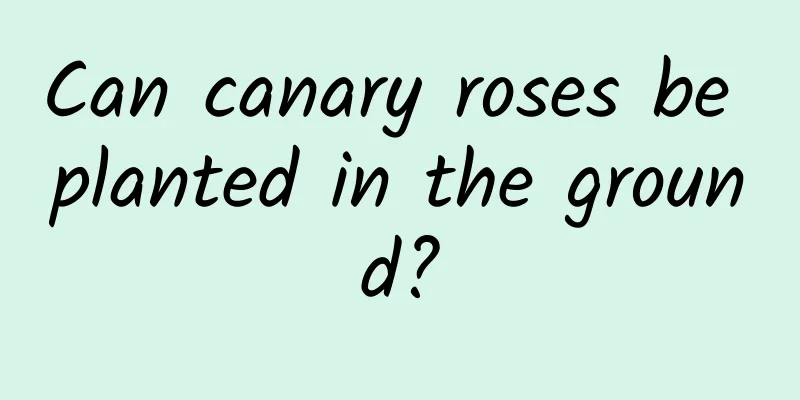The difference between okra and mallow

1. Differences in plantsThe stem of okra stands upright and is lignified, about 1 to 2.5 meters long, branching outward. The roots are very developed, extend widely, and have strong water absorption. 2. The difference of leavesThe leaves of winter mallow are generally round in shape, about 5 to 8 cm, with fine serrations on the edges. There are no small hairs on both sides of the leaves, or there are sparse small hairs lying on the leaves. The petiole is not thick, about 4 to 7 cm long. Okra leaves are alternate, with relatively coarse hairs on the upper and lower sides of the leaves, relatively long petioles, and small white transparent particles on the back of the leaves. 3. The difference of flowersThe flower shape of winter mallow is relatively small, about 6 mm in diameter, the flower color is white, and there are almost no pedicels or a few very short pedicels. Okra has a large flower shape, about 4 to 8 cm in diameter. The petals are white or yellow, with bright colors, and are very ornamental. |
<<: The difference between the ghost poppy and the poppy
>>: The difference between red maple and Japanese maple
Recommend
Is the money plant a shade or sun-loving plant?
Does Moneywort prefer shade or sun? Moneywort is ...
Can Dendrobium officinale be planted in the soil?
Can Dendrobium officinale be planted in the soil?...
Can bougainvillea be propagated by cuttings?
The flowers of bougainvillea are colorful, and ma...
How does northern amaryllis spend the winter?
1. Potted Planting Winters in the north are relat...
Can orchids be grown in coconut coir?
Can orchids be grown in coconut bran? Coconut bra...
What flowers are suitable for growing in Suihua? What are the city flowers and trees?
1. Climate characteristics of Suihua Suihua has a...
Watering heather in winter
1. Watering in winter Do not water the heather to...
Planting technology and management methods of red ginseng
Red fruit ginseng , also known as red ginseng fru...
How many sections are best for Schlumbergera cuttings (Schlumbergera cutting propagation methods and techniques)
How many leaves should be left for cuttings of Ch...
How to manage azalea in winter and why the leaves turn yellow
1. Winter management 1. Temperature: When azalea ...
What to do if the leaves of the spider plant are too long
1. Too much fertilization If there is sufficient ...
How much does a fortune tree usually cost?
1. Different varieties Generally speaking, there ...
When is the best time to harvest onions?
Green onion is a very common vegetable and a very...
The efficacy and effects of kale
The ornamental value of kale Kale is an excellent...
Diseases and pests of Ageratum and their control
Diseases and control of ageratum Rust The disease...









